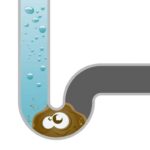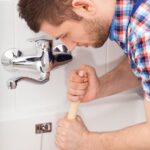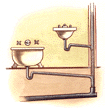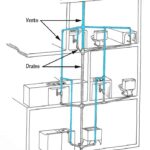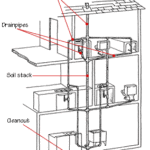Expert step-by-step advice on how to unclog a sewer pipe that is clogged, including removal of tree roots and blockages.
In This Article:
Your main sewer line is the primary drainage line leaving your home. If you are experiencing slow-working drains, unpleasant odors from standing water within the drain line, and damaging overflows, it could indicate a blockage in your main sewer line.
If you have identified a potential clog in your main sewer line, you can hire a plumber to snake the line, or do it yourself by following the six simple steps below.
What you’ll need:
- A snaking tool or drain-cleaning machine: A snake, also known as a drain auger, can be purchased or rented at your local hardware store.
- Proper PPE such as safety glasses and rubber or heavy-duty snaking gloves
- A cleanout plug wrench
- A tarp or plastic cover to protect the surrounding area
- A garden hose
Step-by-step: How to Snake the Sewer Line
Here are the basic steps for snaking a sewer pipe.
1: Identify an access point to your sewer system
A typical access point would be the sewer cleanout, usually located in your basement or outside within a few feet of the dwelling. A sewer cleanout is a capped pipe that connects to your home’s main sewer line. You will likely see a brass plug at the base of the cleanout called a cleanout plug. This plug is a cap or lid used to close off a drain cleanout pipe and prevent dangerous sewer gases from backing up into the home.
2: Remove the cleanout plug from the drain pipe
After identifying your cleanout, it’s usually easy to unscrew the cleanout plug by turning it counterclockwise with a wrench or locking-jaw pliers. However, if you own an older home, you may face a rusted-in plug. In that case, use a cleanout plug wrench with a long handle for extra leverage to loosen the plug. This universal wrench will accommodate various plug sizes and configurations, allowing you to loosen and remove your cleanout plug with ease.
3: Slowly feed the sewer drain snake into the drainpipe
Before feeding the snake into the drainpipe, be sure to put on the proper PPE, such as heavy-duty snaking gloves and safety glasses. Laying down a tarp will also protect the surrounding area from debris and waste.
It’s important to use a drain snake meant to be used for the main sewer line, as opposed to a smaller snake, typically used to unclog a kitchen or bathroom sink. Look for the proper cable and head size, based on the pipe diameter. Most sewer lines will be 3- to 4-inch diameter pipes (the main sewer line could be larger in commercial buildings). A standard rule of thumb is to use a cable that is at least ¾ inch to 1 inch in diameter.
Two types of sewer drain snaking machines are available: manual feed or automatic feed. Equipped with a foot control or feed lever to control the direction and speed of the cable, the auto-feed machine is faster and easier to handle than feeding the cable by hand into the drain.
CAUTION: If you have no experience using a drain cleaning machine or a plumbing snake, hire an experienced plumber or a drain cleaning company. Working with drain snaking machines can be dangerous, because the cable could get wound up in a clog or even whip back, potentially leading to an injury.
Using either a manual or auto-feed machine, slowly start feeding the cable into the drain until you hit the clog. It’s important to let the cable do its work. Do not force the cable through the clog, because it could get wound up.
It’s best to feed the cable through the clog an inch at a time. If it starts binding up, slowly move the cable backward and forward a little to loosen the blockage.
4: Make sure the drain line is clear
If your pipe has a clog, the first indicator will be standing water. At this point, you may have already identified standing water inside the cleanout. Once you start to clear the clog, the water will begin to flow. You will hear a large amount of water drain once you’ve cleared the line.
If the water is draining slowly, you may have bored through the clog but not cleared it. In that case, slowly feed the cable backward to get in front of the clog and then feed the cable through it again. Repeat this process if the water is still draining slowly or until you hear the water flowing.
Once the water is flowing, turn on one or two fixtures in your home to get more water flowing through the line from multiple directions to make sure the clog hasn’t just moved further down the line.
You can also use a garden hose to add more water down the pipe or clean off the cable while also removing any remaining debris stuck in the pipe.
5: Retrieve the snaking cable
Once you are certain that the line is clear, slowly retrieve the cable. Use a rag to clean the sewage mess from it as you reel-in the cable. (A rag will also reduce the amount of debris coming off the cable as it spins.) Snaking a drain is always messy, but a rag and a tarp help reduce the mess.
6: Replace the cleanout plug
When you’ve successfully cleared the clog in the sewer pipe, remember to replace the cleanout plug. Screw it in clockwise and tighten it.
Do Regular Sewer Maintenance
Almost every homeowner has dealt with a clogged drain. Solving the problem usually requires snaking the drain, but not always. Sometimes the issue is much worse than you might realize and could result in a costly affair at some future date, such as paying a plumber or drain-cleaning service over $500 to clear your line.
The best way to avoid major expenses is to implement a sewer-maintenance program, including identifying common causes of a clogged sewer line and how to prevent them. Some preventive practices include paying attention to what you flush down the toilet, using food strainers or hair catchers, flushing your drains once a month, etc.
Tree Roots in Sewer Lines
You may have identified roots as the cause of your clogged sewer line. Handling this type of clog involves a few different steps.
The roots on the outside of the pipe will encapsulate the pipe, creating pressure that will cause the sanitary system to collapse and shut down. At that point, the only fix is to dig up the sewer line, costing thousands of dollars depending on the location.
Some Common Root-Removal Methods
- Mechanical removal: Once you or your contractor identifies severe root activity within a sewer line, the roots should be removed with a mechanical root-removal tool.
Cutters, nozzles, cable machines and jetters are often used for severe blockages. Snaking the line with a root cutter is one of the most common ways to remove roots.
- Sewer jetting: Sewer jetting is another common practice for root removal. Jetters consist of a high-pressure water pump, water tank, hose reel, and ½-inch to 1-inch sewer cleaning hose. A sewer jetter is a great tool to remove piled-up root debris that remained in the pipe after using a root cutter.
- Chemical treatment: Chemicals are best used as a preventive-maintenance tool after removing roots from the sewer line mechanically. They open, clear, and prevent root-clogged drains and sewer lines.
While chemical treatments will kill roots and prevent them from growing if used consistently, they won’t immediately solve the problem. It is necessary first to mechanically clear the blockage after root intrusion has been identified. That removal will ensure that chemicals can effectively flow through the sewer line and adhere to the root mass.
About the author: Sean Comerford is a Technical Applications Manager at Oatey Co. He is a third-generation tradesman with nearly 20 years of plumbing experience, including serving as the lead plumber for commercial/residential new-construction, service and fire protection jobs. He holds a State of Ohio Fire Protection License for Sprinkler and Standpipe.



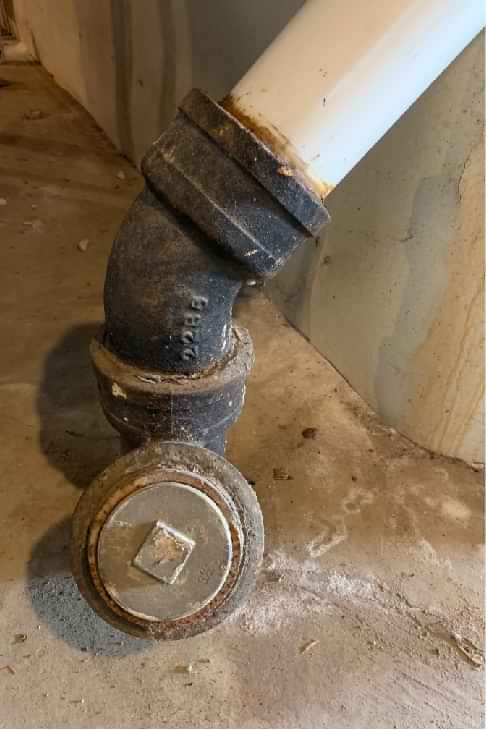
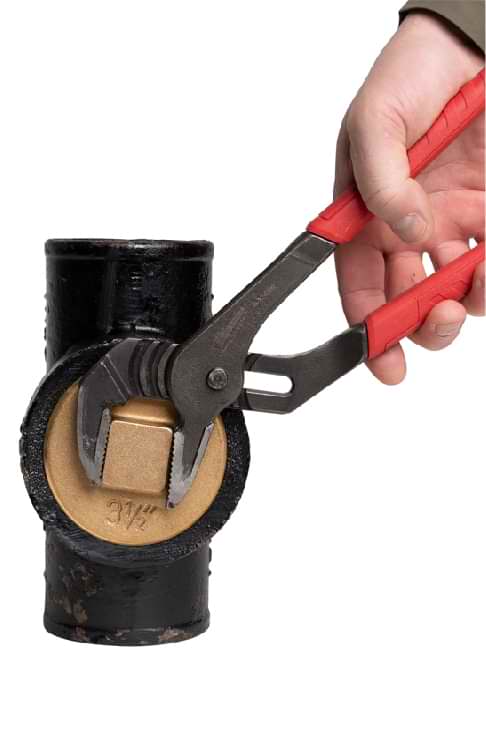
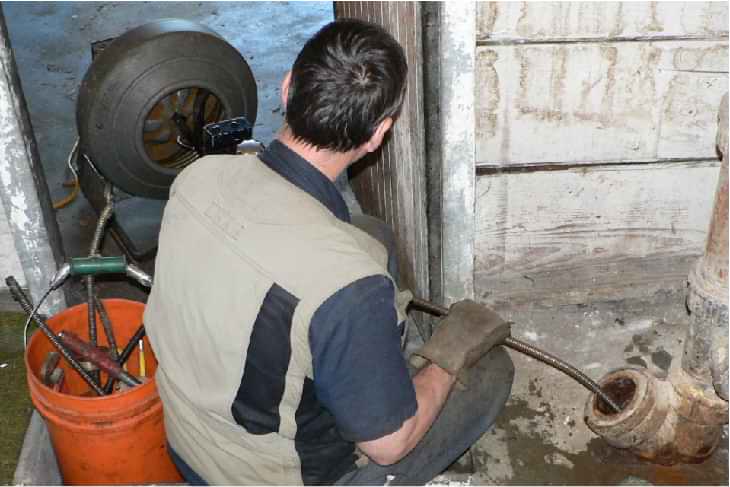
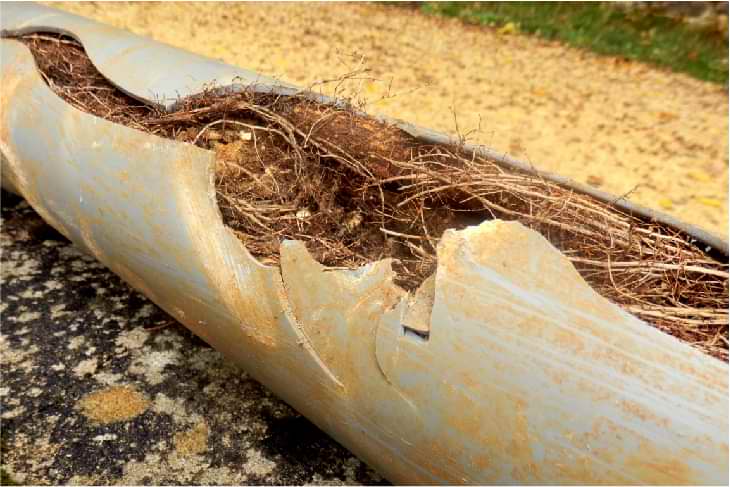
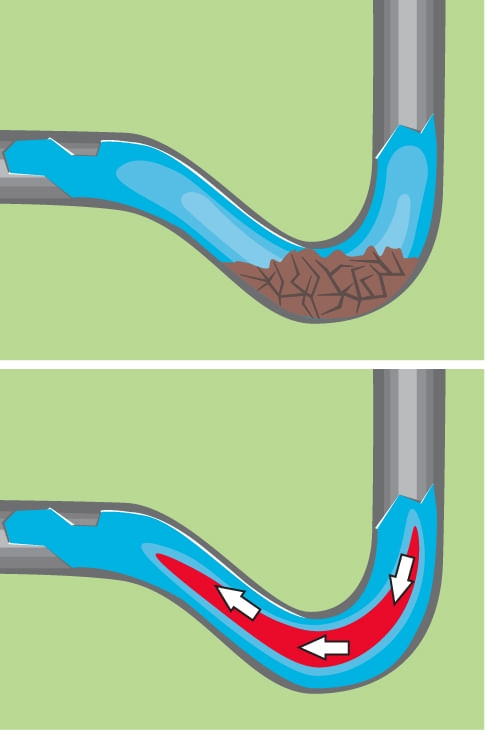
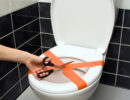


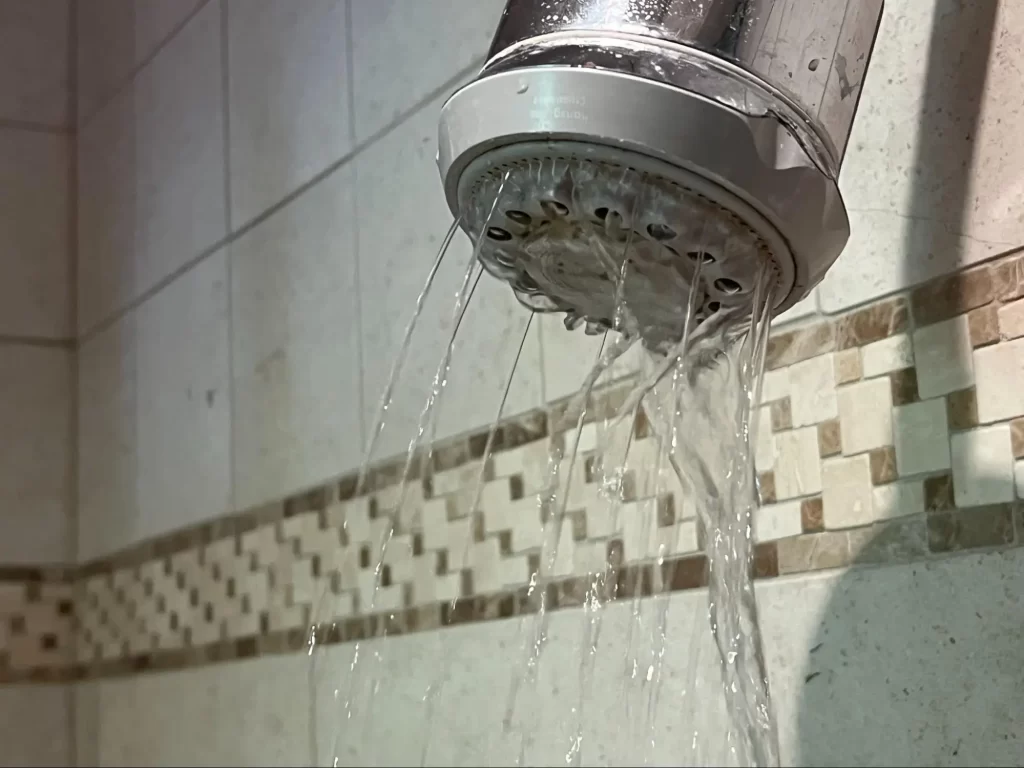
 Don Vandervort writes or edits every article at HomeTips. Don has:
Don Vandervort writes or edits every article at HomeTips. Don has:
